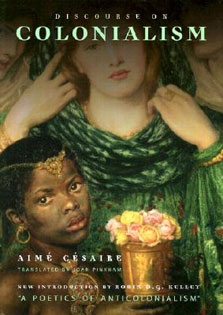About The Book
The Sioux are a Native American and First Nations people. The term can refer to any ethnic group within the Great Sioux Nation or any of the nation's...
Read more
many dialects. The Sioux comprise three major divisions based on dialect and subculture:-Isanti ("Knife," originating from the name of a lake in present-day Minnesota): residing in the extreme east of the Dakotas, Minnesota, and northern Iowa, and are often referred to as the Santee or Dakota.-Ihanktowan-Ihanktowana ("Village-at-the-end" and "little village-at-the-end"): residing in the Minnesota River area, they are considered to be the middle Sioux, and are often referred to as the Yankton or Nakota.-Teton or Tetonwan (uncertain, perhaps "Dwellers on the Prairie"): the westernmost Sioux, known for their hunting and warrior culture, and are often referred to as the Lakota.Today, the Sioux maintain many separate tribal governments scattered across several reservations, communities, and reserves in the Dakotas, Minnesota, Nebraska, and also in Manitoba and southern Saskatchewan in Canada. (Quote from wikipedia.org)About the AuthorPaul Radin (1883 - 1959)Paul Radin (April 2, 1883 - February 21, 1959) was a widely-read American anthropologist of the early twentieth century. A student of Franz Boas at Columbia, the Lodz-born Radin counted Edward Sapir and Robert Lowie among his classmates. He began years of productive fieldwork among the Winnebago Indians (now properly the Ho-Chunk Nation) in 1908. His books are several, but his most enduring publication to date is The Trickster (1956), which includes essays by pioneering Greek-myth scholar Karl Kerenyi and psychoanalyst C.G. Jung.Radin taught at a number of colleges and universities, inclu
Hide more




